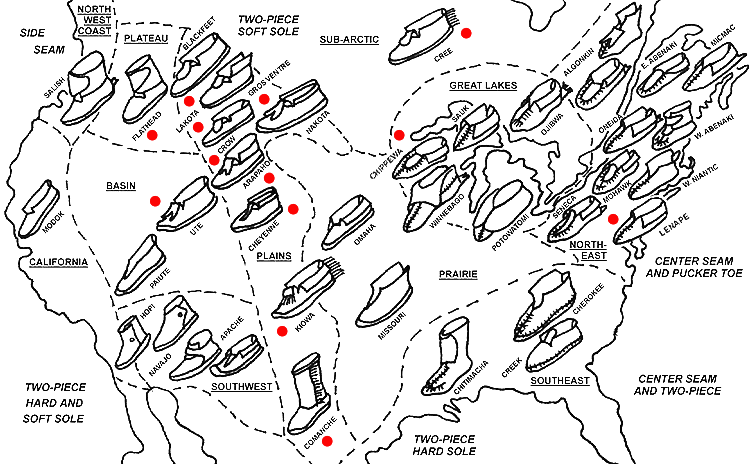New Post!
In today’s post we are going to talk about the wide variety
of games. Each tribe and region had their own games and traditions.
We are goingo to start with the popular game called lacrosse.
It is also named stickball, bump hips, kabucha, and little brother of war.
Lacrosse was started by the Native American Indians. It was
played with a ball that shouldn’t be touched by a player’s hand and there were
no boundaries. The ball was passed around using sticks of wood and at the end
of the stick was a net attached. This games would often last from sunrise to
sunset! Lacrosse was sometimes used to settle disputes between tribes and to
toughen up younger warriors. The game was a huge event with a lot of players,
between 100 and 100.000, on both sides and a field that was over a mile long.
Originally, the balls were of wood but later they were
replaced by deerskin balls filled with fur, The players before a game used paint
and characoal to decorate their bodies and faces.
The game called Laughing game was very common in the tribes and was played
by two players that sit opposite to each other. Each one tries to make the
opponent laugh. The first player to succeed, won. This game was played by the
Chippewa and the Inuit tribe.
The game Bull Roarer were used in ceremonies by the
tribe the Pueblo to call the Wind Spirits and bring rain. Children sometimes
played with them. The child whirled the bull roarer over his head, then a
buzzing sound should result.
Buzz toy consisted on a flat wooden disk with two
holes pierced near the center and there were two small pieces of wood that were
attached to a doubled cord that goes through the two holes. The cild holded a
handle in each hand, the disk was wound by whirling the string until it is
twisted tightly. Then the string is pulled and released alternately. The Indian
children would use their spinning disk to touch another child’s disk and try to
stop it from spinning.
The Bowl Game was played by the Iroquois. It is consisted
on a wooden bowl that was used along with six black nuts on one side and other
six white nuts on the other. The nuts were placed inside the bowl, then the
player hit the bowl against the ground. If at least five of the six nuts ended
up the same color, that player won.
The Hand Game was played between two teams. One team
would pass around a small ball quickly. Then the other team would try to guess
who had the ball in their hand. If they guessed correctly they gained a point.
And then the team that found the ball would try to hide it.
Ball and Triangle Game was a traditional toy by the
children of the Penobscot tribe and it was consisted of a stiff piece of birch
bark cut into a triangular shape, with a hole in the center. A ball was attached
to a string that was attached to one corner of the bark triangle. The object of
the game was to get the ball into the hole of the bark.
Young Indian played a guessing game to figure out which
moccasin contained the wampum. A men of the tribe would play the moccasin game.
Three men on each team would play it to the accompaniment of singing and
drumming. It was played with four moccasins and four small objects that were
identical except that one object was inconspicuously marked. The teams took
turns at guessing where was the hiden object. They would make the guess using a
three foot rod.
Bibliography:





















































